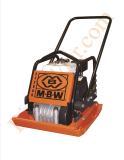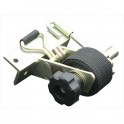OSHA’s Safety Standards for Scaffolds publication. This informational booklet is intended to provide a generic, non-exhaustive guide to scaffold use in construction. This publication does not itself alter or determine compliance responsibilities, which are set forth in OSHA standards themselves and the Occupational Safety and Health Act of 1970.
OSHA also has a list of publications covering many other issues that effect business operations. Most of these can be downloaded and used as handouts. They are also offered in different languages.
They also offer links to online training for the OSHA 10 hr, 30 hr. construction courses and also the 10 hr. and 30 hr. general industry course.
Moreover, because interpretations and enforcement policy may change over time, for additional guidance on OSHA compliance requirements, the reader should consult current administrative interpretations and decisions by the Occupational Safety and Health Review Commission and the courts.
Material contained in this publication is in the public domain and may be reproduced, fully or partially, without permission of the Federal Government. Source credit is requested but not required.








